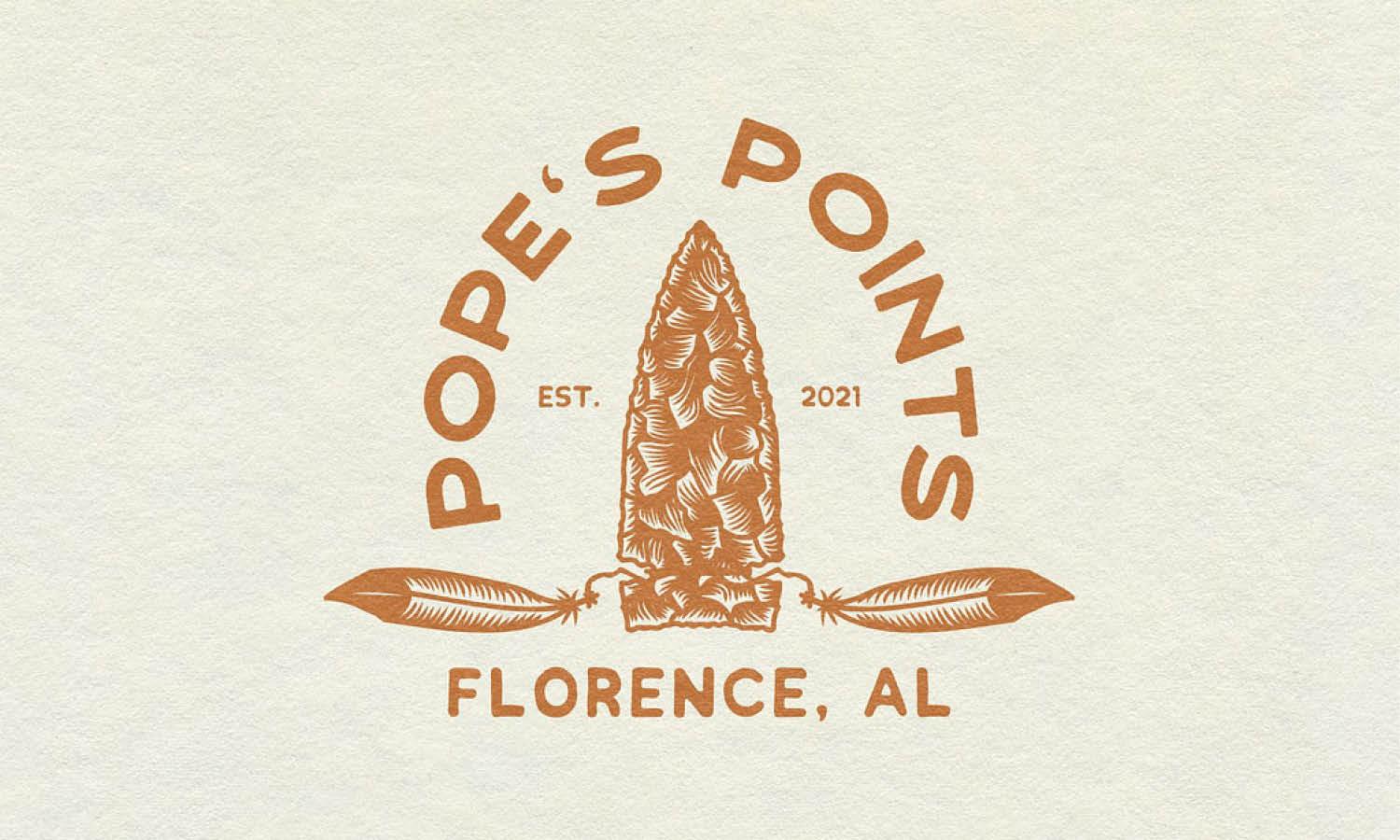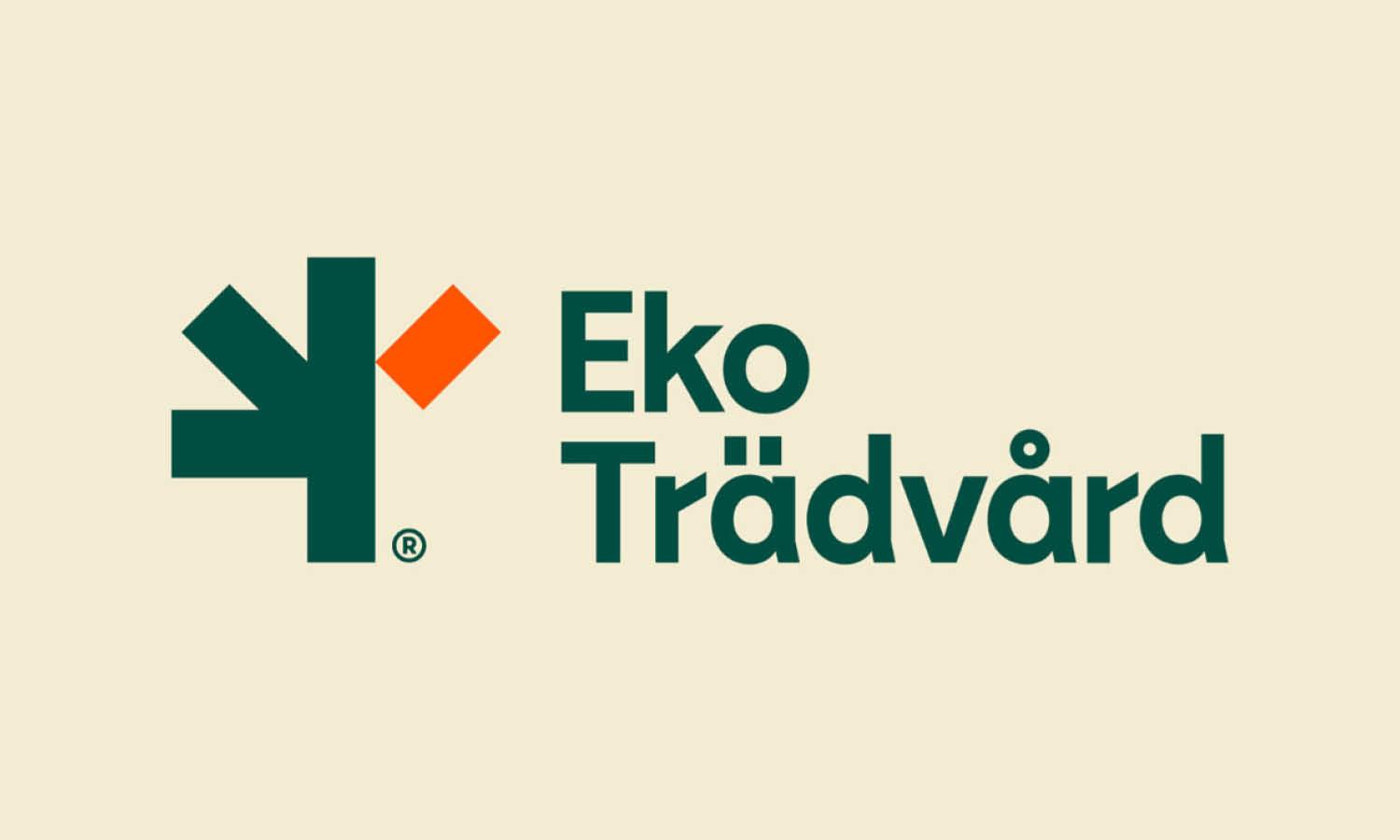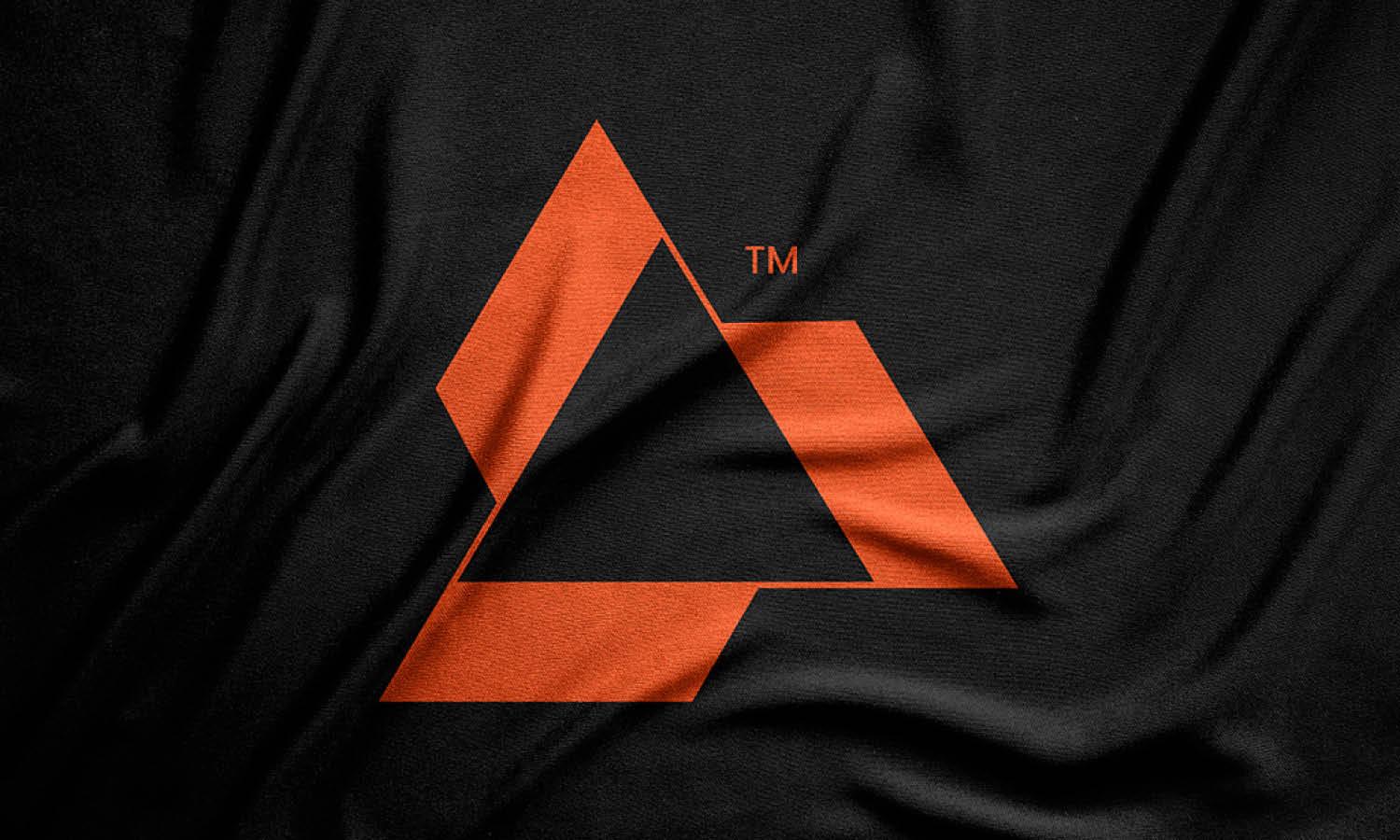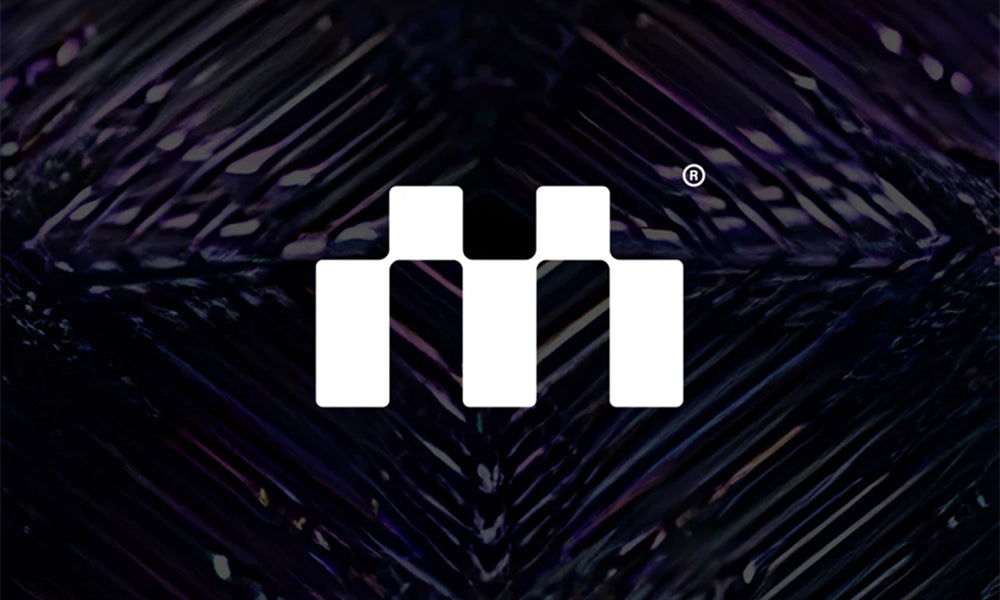Logo Design Trend: Nostalgia and Historical-Inspired Logos

Source: Dusan Sol, Chequessett Chocolate, Dribbble, https://dribbble.com/shots/19305796-Chequessett-Chocolate
In the dynamic world of branding, the allure of nostalgia and historical inspiration continues to captivate both designers and consumers alike. As we navigate through an era marked by rapid technological advancements and ever-evolving consumer tastes, there emerges a growing inclination towards embracing the past. This trend, characterized by a sentimental longing for bygone eras, is profoundly shaping the landscape of logo design.
Historical-inspired logos tap into the rich tapestries of the past, utilizing elements that evoke familiarity, trust, and a sense of timelessness. These designs often incorporate retro color palettes, vintage typography, and classic imagery that resonate deeply with audiences. By revisiting the aesthetics of previous decades, designers are not merely recreating old styles but are blending traditional motifs with contemporary sensibilities to forge brand identities that are both nostalgic and innovative.
This approach does not only appeal to the sentiments of older generations but also fascinates the younger crowd, who find a unique charm in the fusion of the old and the new. As a result, nostalgia and historical themes are proving to be a powerful tool in the arsenal of logo designers, offering a creative avenue to connect a brand’s heritage with its future aspirations.
Embracing the Past
In the realm of logo design, "Embracing the Past" has emerged as a prominent trend where brands reintroduce historical elements to connect with their audience on a deeper level. This trend is not about merely replicating old designs but rather about evoking the essence of bygone eras to convey reliability and timelessness. Designers are delving into their brand's archives to reintroduce logo elements that have historical significance, effectively blending them with modern aesthetics to appeal to contemporary tastes.
The strategic incorporation of historical motifs in logo design helps in crafting a narrative that resonates with nostalgia, invoking a sense of heritage and authenticity. This approach is particularly effective in industries where trust and legacy are paramount, such as finance, law, and luxury brands. By reviving elements from the past, companies communicate a story of endurance and consistency, reassuring customers that they remain steadfast in their values despite the changing times.
Moreover, this design strategy often involves a meticulous process of selecting which elements to revive and how to adapt them to fit current trends. The outcome is a logo that stands out not only for its aesthetic appeal but also for its emotional impact, making "Embracing the Past" a powerful tool in building a brand identity that honors its history while looking forward to the future.
Retro Color Palettes
Retro color palettes play a crucial role in the nostalgia and historical-inspired logo design trend, providing a direct link to the visual styles of the past. These palettes are carefully chosen to evoke specific decades, with colors that remind us of the vibrant '60s, the earthy tones of the '70s, or the bold neons of the '80s. Such strategic use of color not only captivates the visual senses but also stirs emotions, making brands instantly recognizable and emotionally engaging.
The application of retro color schemes in modern logo design involves more than just aesthetic preference; it's a calculated move to harness the psychological effects of color on consumer behavior. For instance, the use of muted pastels can invoke a sense of calm and nostalgia, while brighter, saturated hues might evoke energy and optimism reflective of their respective eras.
This fusion of old and new allows designers to create logos that are both familiar and fresh, offering a visual experience that resonates across generations. It’s about creating a sense of comfort and reliability through colors that tell a story of yesteryears. In an age where digital interfaces dominate, such retro-inspired colors can make a logo more approachable and relatable, standing out in a sea of modern minimalism.
By reintegrating retro colors into contemporary designs, brands can forge a visual identity that appeals to both the nostalgia of older generations and the aesthetic sensibilities of younger consumers, making retro color palettes a timeless element in the toolkit of logo designers.
Vintage Typography
Vintage typography is a key element in the nostalgia and historical-inspired logo design trend, serving as a bridge that connects modern brands with their storied pasts. This stylistic choice taps into the rich history of type design, utilizing fonts that evoke the distinct moods of various eras. From the ornate scripts of the early 20th century to the bold block letters of the post-war era, each style offers a unique flavor that enhances the brand narrative.
Incorporating vintage typography into logos is not just about aesthetic appeal; it's a strategic approach to evoke specific emotional responses from the target audience. These old-style fonts are often associated with qualities such as reliability, craftsmanship, and elegance, making them particularly effective for brands looking to emphasize their longstanding heritage and classic appeal.
Moreover, vintage typography in logo design often involves modernizing these fonts to ensure readability and functionality across all digital and print media. This might include simplifying intricate details that were common in the past or adapting the scale and proportion to meet contemporary standards.
The resurgence of vintage typography not only captivates those with a fondness for nostalgia but also appeals to younger demographics who appreciate the blend of classic and contemporary aesthetics. This makes vintage typography an enduring trend in logo design, continually refreshed to meet the evolving tastes of a diverse audience.

Source: Dusan Sol, Domenile Dumbrava Logo, Dribbble, https://dribbble.com/shots/17879667-Domeniile-Dumbrava-Logo
Classic Symbols Reimagined
Classic symbols reimagined within the context of modern logo design encapsulate the essence of the nostalgia and historical-inspired trend. These symbols, whether they are crests, shields, lions, or eagles, have a long-standing association with heritage, authority, and tradition. By reinterpreting these icons in a contemporary manner, designers are able to craft logos that resonate with a sense of history while appealing to today's aesthetic sensibilities.
The reimagination process involves deconstructing traditional symbols to their core elements and reintegrating them in a way that speaks to both past and present. This could mean streamlining complex designs to suit modern minimalist trends or infusing classic symbols with vibrant colors and dynamic compositions that challenge their conventional meanings.
Such an approach not only honors the heritage of the brand but also makes it relevant to a modern audience. It demonstrates how brands can evolve while still holding onto their roots, creating a logo that is both timeless and forward-looking. This blend of old and new is particularly appealing in industries where trust and prestige are crucial, such as in banking, education, and luxury goods.
Reimagined classic symbols in logos serve as a visual anchor that tells a story of transformation and continuity, making them a powerful tool in the arsenal of any designer looking to forge emotional connections through logo design. This strategy ensures that a logo can stand the test of time, adapting to the future yet never losing sight of its past.
The Appeal of Hand-Drawn Elements
Hand-drawn elements in logo design offer a unique appeal that resonates deeply with the nostalgia and historical-inspired trends. This artistic approach conveys authenticity and craftsmanship, attributes that are highly prized in today's digital age. By incorporating hand-drawn features, designers are able to inject personality and warmth into logos, making them stand out in a market saturated with computer-generated imagery.
The tactile quality of hand-drawn logos harks back to an era when design was a purely manual process, bringing with it a human touch that is often lost in modern digital techniques. These designs can include intricate line work, brush strokes, or even a sketch-like appearance, each adding a distinct character and depth that cannot be replicated by software alone.
Moreover, hand-drawn elements are versatile and adaptable, allowing for a broad range of styles from whimsical and playful to sophisticated and elegant. This versatility makes hand-drawn logos particularly effective for brands that wish to convey a story or an emotion, connecting with audiences on a more personal level.
Incorporating hand-drawn elements into logos not only celebrates the past but also embraces the uniqueness of manual artistry, offering a counterpoint to the precision of digital design. It's a trend that appeals to nostalgia, evoking memories of a simpler time while providing a refreshing departure from the highly polished look of contemporary graphics.
Incorporation of Heritage Elements
Incorporating heritage elements into logo design is a significant trend within the nostalgia and historical-inspired movements, providing brands with a way to showcase their legacy and depth. This approach involves integrating symbols, motifs, or design elements that have a historical connection to the brand or its cultural background, thereby strengthening the brand's narrative and enhancing its identity.
Heritage elements can range from specific art styles and traditional patterns to iconic historical symbols and imagery that reflect the brand’s origins or the history of its industry. By weaving these elements into the logo, designers create a rich tapestry that not only honors the past but also enhances the logo's relevance and appeal in the present.
This strategy is particularly effective for brands with a long history or those looking to emphasize their longstanding commitment to craftsmanship and quality. It communicates a sense of stability and trustworthiness, key qualities that attract consumers looking for authenticity and reliability in a brand.
Moreover, the incorporation of heritage elements can also serve as a differentiation strategy in competitive markets. It allows a brand to stand out not just through what it offers but also through the story it tells, connecting with customers on an emotional level and building a deeper sense of loyalty.
Nostalgia in Brand Storytelling
Nostalgia in brand storytelling is a powerful technique that uses elements from the past to forge a strong emotional connection with the audience. This strategy, pivotal in the nostalgia and historical-inspired logo design trend, leverages memories and sentiments to craft a narrative that resonates deeply with consumers. By integrating nostalgic elements into their logos, brands can evoke feelings of comfort, reliability, and a simpler time, making their products or services more appealing.
The use of nostalgia in branding is not just about reusing old logos or design motifs; it's about embedding the brand's history into its identity. This could involve the revival of a logo used during a significant period in the brand's history or incorporating design elements that remind the audience of a cherished era. Such storytelling not only enhances the visual identity but also enriches the brand's narrative, making it more memorable and engaging.
This approach is especially effective in today’s market where consumers are bombarded with countless choices. Nostalgic branding cuts through the noise by offering a sense of familiarity and trust, key factors in consumer decision-making. It tells a story that people already feel a part of, which can be a decisive factor in brand preference and loyalty.
Ultimately, nostalgia in brand storytelling is about more than aesthetics; it’s about creating an emotional dialogue with the audience. This method allows brands to stand out in a crowded market by appealing to the human desire for connection and familiarity, driving engagement through shared memories and experiences.

Source: Dusan Sol, Dapper Co., Dribbble, https://dribbble.com/shots/22093668-Dapper-Co
Layered Designs
Layered designs in logo creation are becoming increasingly popular as part of the nostalgia and historical-inspired trends in logo design. This method involves the use of multiple overlays, textures, and elements that come together to create a complex, intricate logo that holds visual interest and depth. These designs often incorporate various motifs from different eras, blending them into a cohesive visual experience that resonates with a sense of history and richness.
The appeal of layered designs lies in their ability to tell a multifaceted story through the logo itself. Each layer can represent a different aspect of the brand’s heritage or values, creating a rich tapestry that viewers can explore visually. Such logos are not only aesthetically pleasing but also evoke curiosity and engagement, encouraging the audience to delve deeper into the brand’s history and ethos.
Moreover, layered designs are versatile and adaptable, allowing for a dynamic representation of the brand that can evolve over time. This is particularly beneficial for brands with a long history or those undergoing a rebranding process who wish to retain a link to their past while moving forward.
By combining various elements in a layered design, brands can achieve a logo that is not only unique and memorable but also one that effectively communicates the complexity and depth of their story. This design strategy not only enhances the visual identity but also reinforces the brand's narrative, making it more engaging and relatable to the audience.
Monograms and Initials
Monograms and initials are a classic aspect of logo design, embodying elegance and personalization that hark back to historical traditions of branding and identification. In the context of the nostalgia and historical-inspired logo design trend, these elements are enjoying a resurgence, as they lend a mark of authenticity and heritage to modern brands. Monograms are particularly effective for luxury brands, personal brands, and any business wanting to emphasize an artisanal, bespoke approach.
The use of monograms and initials in logo design often involves a sophisticated interplay of letters, where typography and ornamentation play crucial roles. Designers may draw on vintage or classical font styles to craft monograms that resonate with old-world charm, yet are streamlined enough to maintain modern usability and appeal. The aesthetic is both refined and distinctly memorable, providing a visual shorthand that encapsulates the brand's identity in just a few letters.
Moreover, monograms and initials can be versatile symbols, easily applied across various marketing materials and brand merchandising. They are inherently adaptable for digital and print media, making them an excellent choice for brands looking for a logo that is both impactful and timeless. By integrating these elements, brands can convey a sense of luxury, stability, and respectability—qualities that are highly valued by consumers seeking reliability in their choices.
Revival of Art Deco and Mid-Century Modern
The revival of Art Deco and Mid-Century Modern styles in logo design is a standout aspect of the nostalgia and historical-inspired trend. These design movements, known for their distinctive geometric shapes, clean lines, and vibrant color palettes, are being embraced once again as brands look to convey sophistication and timelessness. Art Deco, with its luxurious and ornate details, and Mid-Century Modern, celebrated for its simplicity and organic shapes, both offer a rich vocabulary of design elements that can be modernized to create striking logos.
This revival is not merely about aesthetics but also about evoking the glamour, optimism, and forward-thinking attitudes associated with these periods. Logos inspired by Art Deco might incorporate symmetrical patterns and metallic finishes, suggesting luxury and high-end appeal. Conversely, Mid-Century Modern logos often utilize minimalist designs and pastel colors that reflect the era's fascination with the future and its emphasis on new technologies and lifestyles.
By incorporating these styles, brands can stand out in a crowded marketplace by offering a visual experience that is both nostalgic and boldly contemporary. This approach also allows brands to tap into the cultural resonance of these periods, appealing to both those who lived through them and younger generations attracted to retro aesthetics.
Conclusion
In the dynamic landscape of branding, the nostalgia and historical-inspired logo design trend offers a profound way to connect with audiences. By drawing on elements from the past, brands can craft logos that not only stand out visually but also resonate emotionally with consumers. These logos, rich in heritage and character, bridge the gap between tradition and modernity, appealing to a broad demographic spectrum. Whether through the use of vintage typography, classic symbols, or retro color palettes, this trend underscores the timeless appeal of nostalgia while providing a solid foundation for brands to build a lasting identity.
Let Us Know What You Think!
Every information you read here are written and curated by Kreafolk's team, carefully pieced together with our creative community in mind. Did you enjoy our contents? Leave a comment below and share your thoughts. Cheers to more creative articles and inspirations!















Leave a Comment